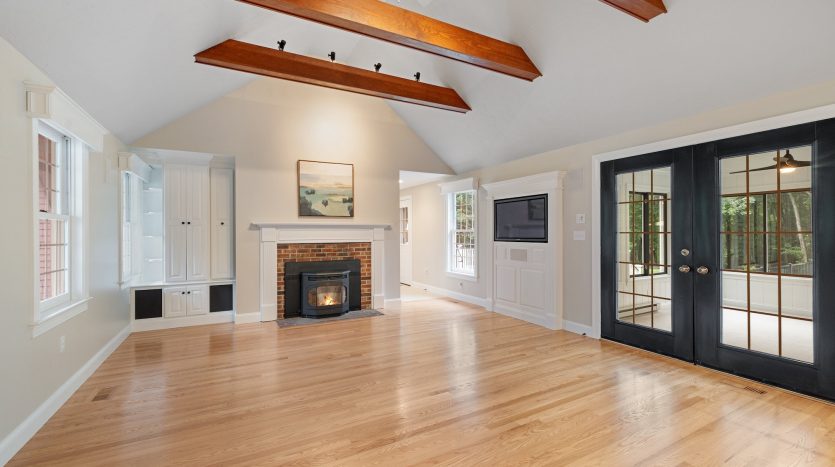Are Vacant Homes on the Rise in Toronto?
With the current housing market in Toronto on a seemingly unstoppable ascension, the availability of vacant homes in Canada’s biggest city has become a major concern. While Toronto has always had some vacant homes, their numbers have skyrocketed over the past couple of years, bringing attention to the issue. This raises the question of what has caused such an increase and what can be done to address the growing number of empty buildings.
The cause of Toronto’s vacant homes is quite complex and varies from area to area within the city. In many of the more affordable parts of the city, vacant homes present themselves as a side effect of poverty and low income. With many families unable to make ends meet, both financially and socially, it’s common for owners to abandon their homes.
Meanwhile, in areas of the city with more expensive real estate, landlords may find themselves incentivized to keep properties empty. As getting a tenant is a comparatively lengthy process, potential landlords often make the decision to keep the building vacant instead of renting it out, in order to make a greater return on their investment in the long run.
Currently, the percentage of uninhabited homes in Toronto is at an all-time high. According to a study by the Canadian Centre for Economic Analysis, the rate of vacant housing in the city is over 7%, which is nearly double the Canadian average. While the rate of abandonment has increased in most Canadian metropolitan areas, it is in Toronto that the full effects of this process are most evident.
In particular, it seems that the East end of the city has been hit the hardest. Research shows that neighborhoods such as Scarborough and East York had abandonment rates as high as 12% in 2019, with the study even predicting these figures could rise to as high as 20% over the coming years.
Despite being one of the most common issues facing the city of Toronto, the actual number of empty properties in the area remains unknown. The difficulty arises from the fact that it is almost impossible to know precisely how many buildings are completely abandoned; many are left vacant, but still remain in the ownership of their original owners, who may choose to charge the city for unpaid taxes and other fees.
City officials have implemented a number of measures to try and gain a better understanding of vacant properties, however, such as introducing a ‘Household Disconnection Survey’ which has already identified over 17,000 homes unregistered on the city’s tax rolls.
Toronto’s growing rate of unoccupied homes has caused major concern among the city’s population. Apart from the obvious devaluation of property prices, there is an abundance of evidence to suggest that vacant homes can bring both social and economic damage to the community.
The most obvious issue is the rise of gentrification and displacement of local populations, as owners are often able to gain a greater return on their investment by selling their property than by renting it out. This has a detrimental effect on the area’s local populations, as locals are increasingly priced out of the market, unable to compete with the higher bids of developers.
It is widely acknowledged that the houses are not the only problem facing the city’s economy. The proliferation of empty homes and rise in gentrification is just one of the effects of the influx of wealth into the city; Toronto’s real-estate market is an increasingly globalized economy, with foreign investors being able to outbid local and domestic buyers.
This issue is further complicated by lax regulations and ineffective enforcement, which allow some owners to neglect their properties and pay minimal taxes, if any at all. This has enabled many investors, including overseas businessmen, to make a tidy profit while also ignoring their civic duties.
Although the current state of affairs may lead many to be pessimistic, the city of Toronto is attempting to tackle this issue to the best of its ability. Recent policy changes, such as the introduction of a Vacant Property Tax, are designed to encourage owners to rent out their property or sell it to a citizen more in need.
Hopefully, with the assistance of government support and increased awareness, the number of Toronto’s vacant homes may soon be on the decline.


